WWII Spitfires flying in formation recreates chilling historical flashback [video]
Posted by staff / July 15, 2016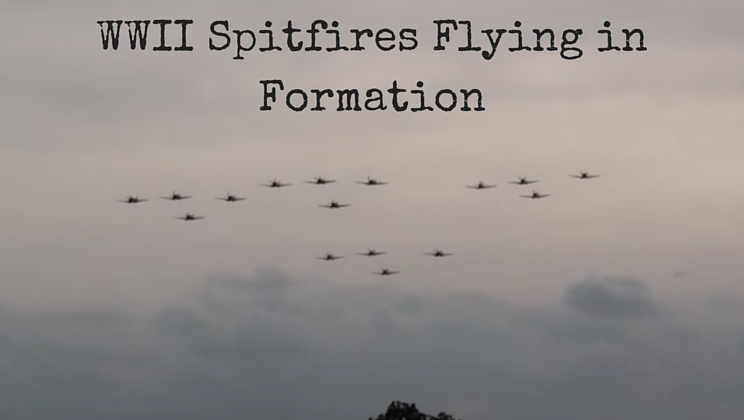
When the British met the Germans in the skies over Europe during WWII, it was most often in the seat of a Spitfire.
This formation of sixteen streaming through the skies gives us a small glimpse of what many saw from the ground during that tumultuous time, for better or for worse depending on what side they were on.
According to Encyclopedia Britannica:
One of the Spitfire’s most important contributions to Allied victory was as a photo-reconnaissance aircraft from early 1941. Superior high-altitude performance rendered it all but immune from interception, and the fuel tanks that replaced wing-mounted machine guns and ammunition bays gave it sufficient range to probe western Germany from British bases.
Full story at YouTube.


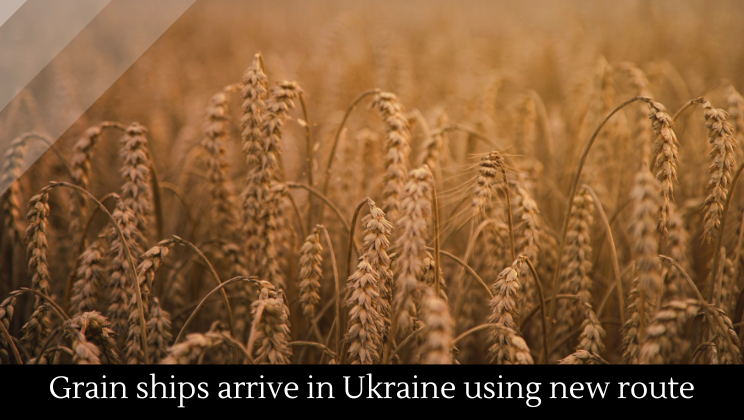

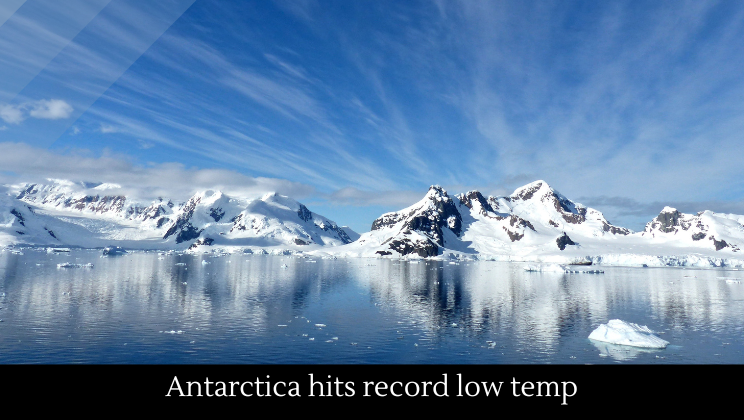

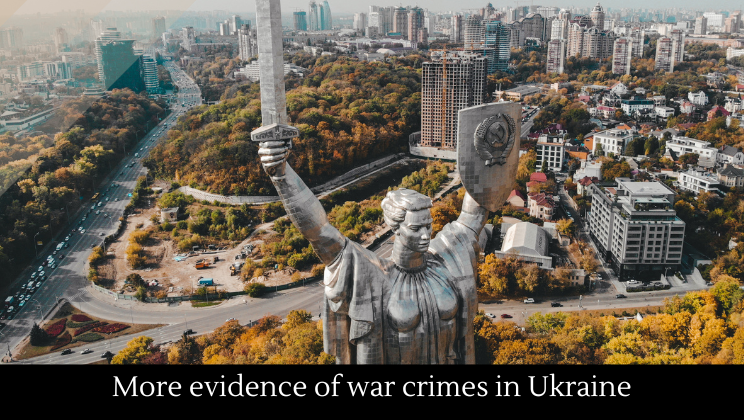


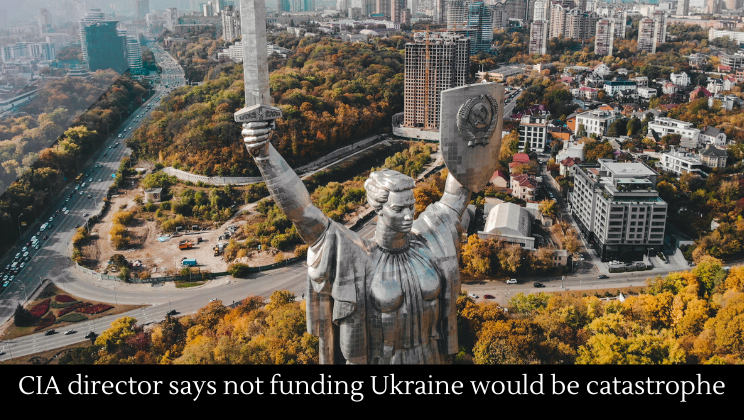
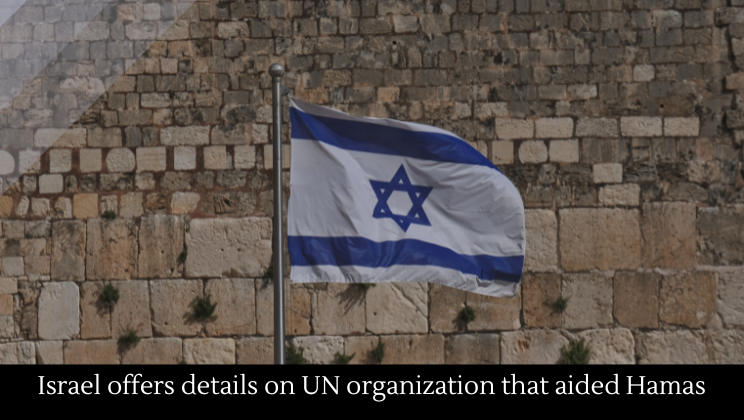
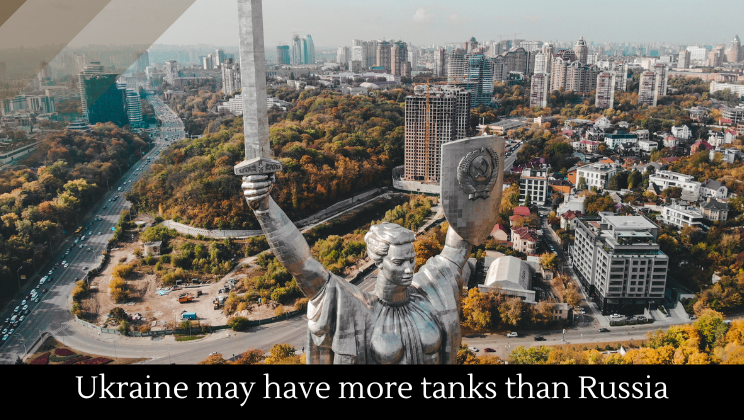
BRINGS BACK ALOT OF MEMERIES
Breathtaking!
The most beautiful plane ever produced!
fantastic!!
Love Spitfires, I have 3 of them, but ALL of mine have FOUR wheels and NO wings! (;-))
Love Spitfires, have 3 of them, but alas they have 4 wheels and NO wings! (;-))
Simply Awesome!!!
A very cool and much better era. Nothing like these days for sure.
You got it a bit wrong The Hawker Hurricane was far more numerous than the Spitfire but was not as fast. Typically when scrambled, the job of the Hurricane was to attack the bomber formations and the Spitfires were to engage the German fighter escorts. So really, the Hawker Hurricane was the most common sight over the skies of England as they were considerably more numerous.
Also, the thought that the high altitude Spitfires in 1941 were a major advantage is pretty far fetched, and that comes from trying to just take snippets from an encyclopedia. There were very few of the early higher altitude Spitfires made – a total of 15. They were based on the Spitfire Mk-V frame and engine but instead of having any armament, they had cameras, extra fuel, and a pressurized cabin. They were completed in December of 1940 and came online in early 1941. Max altitude (ceiling) was 37,000 feet, which was within the reach of the German’s BF-109g (often called ME-109g) of 1941 that had a maximum ceiling of 39,000 feet and also had a pressurized cabin. The G variant of the 109 came into service in the summer of 1941. Good news was that most other planes did not often fly at max ceiling as controls are very sluggish that high and it takes a long time to reach that altitude.
Spitfires were most effective in countering the German escorts during the Battle of Britain, and later in combating their fighters. The Mk-I, II, and III were effective against the Bf-109’s but couldn’t keep up with the FW-190, which was much faster. The MK-Vb (had four 303 machine guns and two 20mm canons) had a larger engine which allowed them a higher speed to at least stay with the 190 in a dogfight, but still couldn’t catch one. The Mk-VIII was developed for higher speed yet, but while it was under development, they put the larger engine slated for use in the Mk-VIII into a MK-V air frame, added an additional radiator to help cool the larger engine and called it the Mk-IX. The Mk-IX went on to become the most numerous Spitfire of the war and was extremely effective. An FW-190 could still fly away from it but could no longer disengage with impunity once the fight began.
All the Spitfires except the Mk-XIV were known as “turners” because of their maneuverability and high lift. The Mk-XIV came out late in the was and was by far and away the fastest Spitfire but had to use “boom and zoom” tactics like those employed in the FW-190. The Mk-XIV could catch an FW190 in a straight chase and was the only Spitfire able to do so. The American P-51 could also catch the FW-190.
So, there’s a little better overview of Spitfires during WWII.
the Hawker Hurricane went up against the Luftwaffe more often than the Supermarine
Let’s stop winning WW2 and try winning any of the wars our lying rightwing politicians are getting us into.
Fantastic!
There were more Hawker Hurricanes in the Battle of Britain than Spitfires
The Spit is one of the greatest and elegant planes produced, adding 20mm cannons gave them real firepower. With the merlin engine added to the P51 Mustang the Americans had the same advantage along with six .50cal browning machine guns. They were unstoppable.
At least 16 people on that day had the best job in the world; flying Spitfires.
The Hurricane was more common than the Spitfire during the Battle of Britain in the summer of 1940. Even then, it couldn’t keep up with the Spitfire and the performance gap widened throughout the war. More effort was invested in developing and manufacturing the Spitfire because it was a newer design with more potential.
Everyone missed what made the Spitfire and the similar engined P-51 so effective – a supercharger.
Chilling? Not unless your in a ME 109 flying against the Spitfire…Now THAT could be chilling
God Bless the Queen Mother and the U.K!
thats got to be a hooah for you English and all the rest of the freedom loving people. Got back from Normandy, thats humbling to say the least.
I still think the P-51 is still better in WW II.
I still think the P-51 is the best fighter plane of WW II
I think the P-51 is the best fighter plane of World War II
The best fighter plane of WW II is the P-51 Mustang.
The P-51 Mustang is the best fighter plane of WW II
Vought F4u Corsair was the best fighter of the war. Faster, air cooled engine, had best kill ratio. Only 189 were lost in combat.
Lots of different definitions on “best”. First, it’s amazing to see all those Spitfires in flying at once. Common in WWII, rare in 2016.
Although they shared some of the same engines, the performance of the Spitfire and P-51 were quite difference. The Spitfire was/is extremely nimble and its elliptical wings give it high lift. That means it can climb more rapidly than most fighters and more importantly can recovery energy more quickly when it is bled off in a tight turning fight, which the Spitfire excelled in.
The P-51 on the other hand was more of a “boom and zoom” fighter. It could still turn reasonably well but couldn’t hang with the Spitfire and couldn’t climb as fast. It was a faster plane all around though, even when using the same engine as the Spitfire because of the laminar flow wings, and narrow fuselage. Unlike most wings that are fat at the front and then skinny at the back to generate lift, the swell of the wing on the P-51 came farther back in the wing shape (closer to the middle), so it wasn’t as abrupt but was still effective at generating lift. That made the plane more slippery in the air and along with the more powerful engine, resulted in higher speeds. The square end of the wing design of the P-51 also helped give it a quick roll rate. Some versions of the Spitfire were made with clipped wings (LF-MkVb, LF-Mk-IX, LF-Mk-XVI) specifically to increase their roll rate at lower altitudes (less than 10,000-ft.) to compete with the faster snap-roll of the FW190.
The other huge advantage that the P-51 had was that it could carry about twice as much fuel as the Spitfire. Adding drop tanks besides the normal on-board load of fuselage and wing tanks gave the P-51 the range to fly into Germany and back from allied air-bases, something no other fighter could do. That allowed them to provide fighter escorts to the allied bombers which had previously been at the mercy of German fighters when the other allied fighters such as P-47’s and Spitfires had to turn back due to lack of fuel. Prior to the P-51, the bombers flew through most of Germany without escorts. The P-51 was a game changer then because it could not only reach the fight, but was a deadly opponent for the German 109’s and FW-190’s when it got there.
I guess you could get the same sound with four Lancasters flying in formation?
If you haven’t already, watch the TV series “Piece of Cake” which aired some years back on BBC and PBS. The Spit flying will put a smile on your face and bring tears to your eyes. The series was adapted from the novel of the same name and concerned Hurricane squadrons. But, when it was time to film there were only a very few flyable Hurricanes left in the universe and lots of Spitfires. Not that I’m complaining, it is a treat to watch especially the sequence where they actually fly a Spit underneath a very low and narrow stone bridge. Check it out.
My father would have loved to see this video. He started out WW2 flying the Gloster Gladiator Mk. II with 615 Squadron, then the Hurricane and finally the Spitfire. He saw action in England, North Africa and Corsica, with 615 Squadron, 41 Squadron and 322 Wing. The Spitfire he described as a “pure plane” and talked endlessly about it. I had the pleasure of seeing one fly at Capel Le Ferne in 2013, and hope to see the BBMF one this month at the 41 Squadrons centenary celebration at RAF Coningsby.